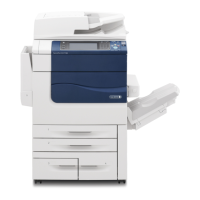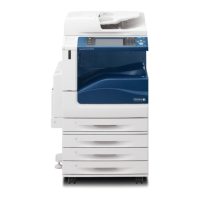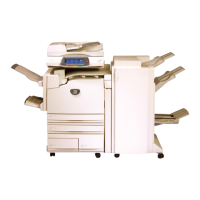14 Authentication and Accounting Features
388
Authentication and Accounting Features
14
For information on how to temporarily disable active settings, refer to "Allow User to Disable Active
Settings" (P.290)
When Protection Code Is Detected
Allows you to set whether or not to temporarily allow the machine to process a job even
if the machine detects a protection code on the original document.
For details on the Secure Watermark setting, refer to "Secure Watermark" (P.166).
Types of Authentication
The following describes the types of authentication (Login Type) available on the
machine.
The following three authentication methods are available.
User ID Authentication
This authentication method requires users to enter their user IDs and passcodes with
the numeric keypad or the touch screen of the machine.
Authentication is performed using user information registered on the machine or a
remote server.
The following two types of authentication methods are available according to the
registration condition of user information.
Login to Local Accounts
Login to Local Accounts uses the user information registered on the machine to
manage authentication.
A print job directly sent to the machine from a computer can be received on the machine
after being authenticated through cross-checking process whereby the authentication
information configured on the client's driver with the information registered on the
machine.
For information on driver settings, refer to the help of the driver.
Login to Remote Accounts (ApeosPort Series Models Only)
Authentication is performed for a remote server. User information is not registered on
the machine.
Login to Remote Accounts uses the user information registered on a remote
authentication server (LDAP, Kerberos, SMB, ApeosWare Authentication
Management, or ApeosWare Authentication Agent server) to perform authentication.
Important • When a user is authenticated by a remote authentication server (except ApeosWare
Authentication Management or ApeosWare Authentication Agent), the authenticated user
can access the services through the control panel based on the permission information
obtained from the remote server.
• When you change Login Type to or from [Login to Remote Account], user information,
private folders, and Personal Sheets registered on the machine will be deleted.
• When you register user information on a remote authentication server, use up to 32 single-
byte characters for a user ID and up to 128 single-byte characters for a password. Note,
however, that up to 32 single-byte characters are allowed for an SMB authentication
password.
Note • The user information used for Login to Remote Accounts can be stored on the machine. For
more information, refer to "Save remote accounts in this machine" (P.288) and "Delete
Remote Accounts" (P.288).
Smart Card Authentication
Authentication is performed using the smart card (IC Card Reader (optional)).

